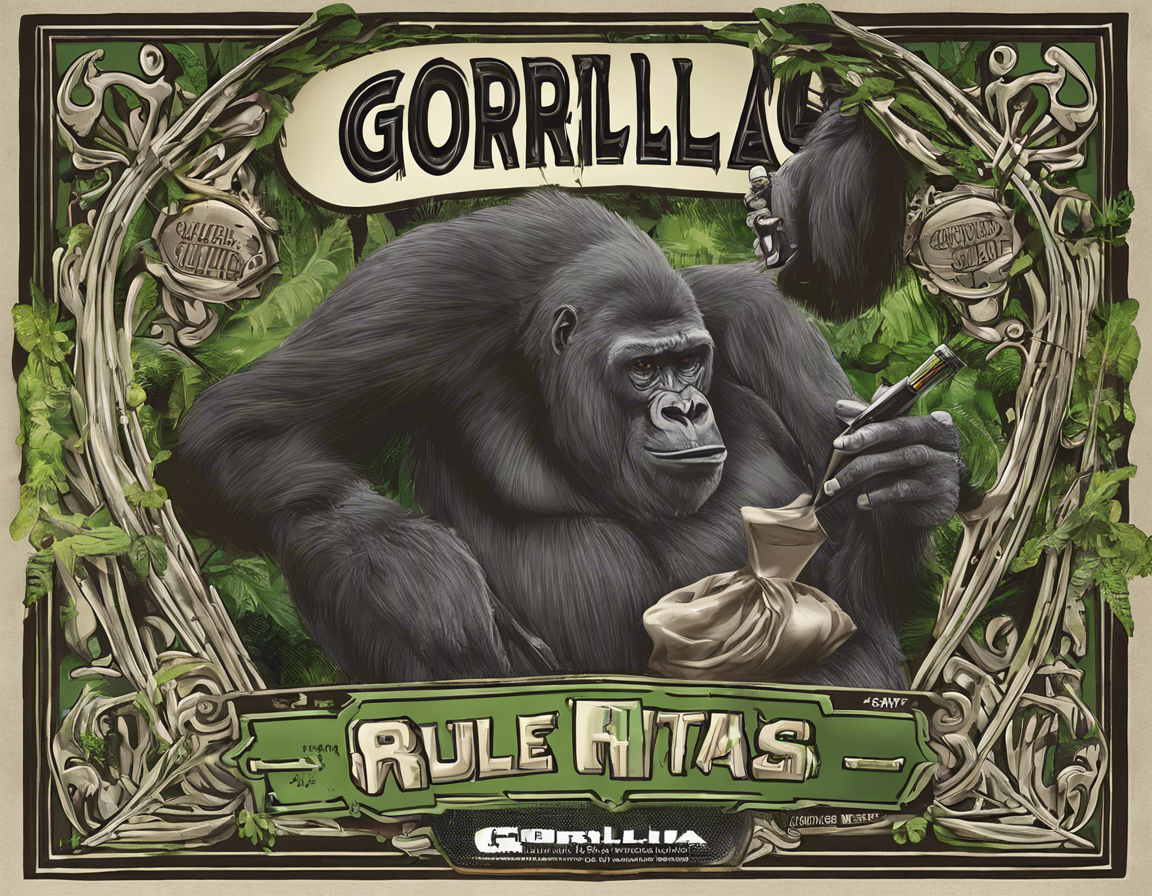DIY projects have become immensely popular in recent years, allowing individuals to unleash their creativity and make unique items for their homes. One essential tool that can help make any DIY project a success is Gorilla Glue. Known for its strength and versatility, Gorilla Glue is a go-to adhesive for a wide range of projects. Whether you are a seasoned DIY enthusiast or a beginner looking to delve into the world of DIY, mastering the use of Gorilla Glue can take your projects to the next level. In this comprehensive guide, we will explore the various types of Gorilla Glue, tips for using it effectively, and common FAQs to ensure your DIY projects are a success.
Types of Gorilla Glue
1. Gorilla Super Glue:
- Ideal for quick fixes and small projects.
- Bonds materials such as metal, plastic, wood, and more.
- Dries in seconds for fast results.
2. Gorilla Wood Glue:
- Specifically designed for bonding wood surfaces.
- Water-resistant formula for indoor and outdoor use.
- Strong adhesive strength for durable wood projects.
3. Gorilla Epoxy:
- Two-part epoxy formula for strong, durable bonds.
- Ideal for joints and areas requiring reinforcement.
- Resistant to solvents and water for long-lasting results.
4. Gorilla Construction Adhesive:
- Heavy-duty adhesive for construction and remodeling projects.
- Bonds a variety of materials, including wood, stone, metal, and more.
- Gap-filling properties for uneven surfaces.
Tips for Using Gorilla Glue Effectively
1. Surface Preparation:
- Ensure surfaces are clean and dry before applying Gorilla Glue.
- Roughen smooth surfaces for better adhesion.
2. Application:
- Use Gorilla Glue sparingly as a little goes a long way.
- Apply pressure to the bonded surfaces for best results.
- Follow the instructions on the product for optimal performance.
3. Curing Time:
- Allow sufficient time for the glue to cure based on the product instructions.
- Avoid disturbing the bonded surfaces during the curing process.
4. Cleanup:
- Clean up excess adhesive with a damp cloth before it dries.
- Use acetone for cleaning surfaces or tools before the glue sets.
5. Storage:
- Store Gorilla Glue in a cool, dry place away from direct sunlight.
- Ensure the cap is tightly sealed to prevent drying out.
Common FAQs about Gorilla Glue
1. Is Gorilla Glue waterproof?
- Yes, many types of Gorilla Glue, such as Gorilla Wood Glue and Gorilla Epoxy, are waterproof and suitable for both indoor and outdoor use.
2. How long does Gorilla Glue take to dry?
- The drying time for Gorilla Glue varies depending on the type of glue used. Gorilla Super Glue dries in seconds, while Gorilla Wood Glue may require 24 hours for full curing.
3. Can Gorilla Glue be used on plastic?
- Yes, Gorilla Glue is suitable for bonding plastic surfaces. Ensure the plastic is clean and follow the instructions for best results.
4. Is Gorilla Glue heat resistant?
- Gorilla Glue is heat-resistant to some extent, but prolonged exposure to high temperatures may affect its strength. For high-heat applications, consider using Gorilla’s High-Temp formula.
5. How do I remove Gorilla Glue from surfaces?
- If necessary, carefully scrape off dried Gorilla Glue with a sharp tool. For hands, use soap and water or acetone. Check product instructions for specific cleaning recommendations.
6. Can Gorilla Glue be painted over?
- Once fully cured, Gorilla Glue can be painted over. Sanding the surface lightly before painting can help improve adhesion.
7. Is Gorilla Glue toxic?
- Gorilla Glue is not toxic once cured, but it is irritating to the eyes, skin, and respiratory system in its liquid form. Use in a well-ventilated area and avoid skin contact.
8. Can Gorilla Glue be sanded?
- Yes, cured Gorilla Glue can be sanded to smoothen the surface. Use fine-grit sandpaper to avoid damaging the bonded area.
9. What is the shelf life of Gorilla Glue?
- The shelf life of Gorilla Glue varies by type but is typically around 12-24 months when stored properly. Check the label for specific expiration dates.
10. Can Gorilla Glue be used for outdoor projects?
- Yes, Gorilla Glue is suitable for outdoor projects as it is waterproof and durable. Ensure proper surface preparation and follow curing time recommendations.
In conclusion, mastering DIY projects with Gorilla Glue can significantly enhance the quality and durability of your creations. By understanding the different types of Gorilla Glue available, following effective usage tips, and addressing common FAQs, you can tackle a wide range of projects with confidence. Whether you are repairing a broken item or crafting something new, Gorilla Glue is a reliable companion in your DIY endeavors.
